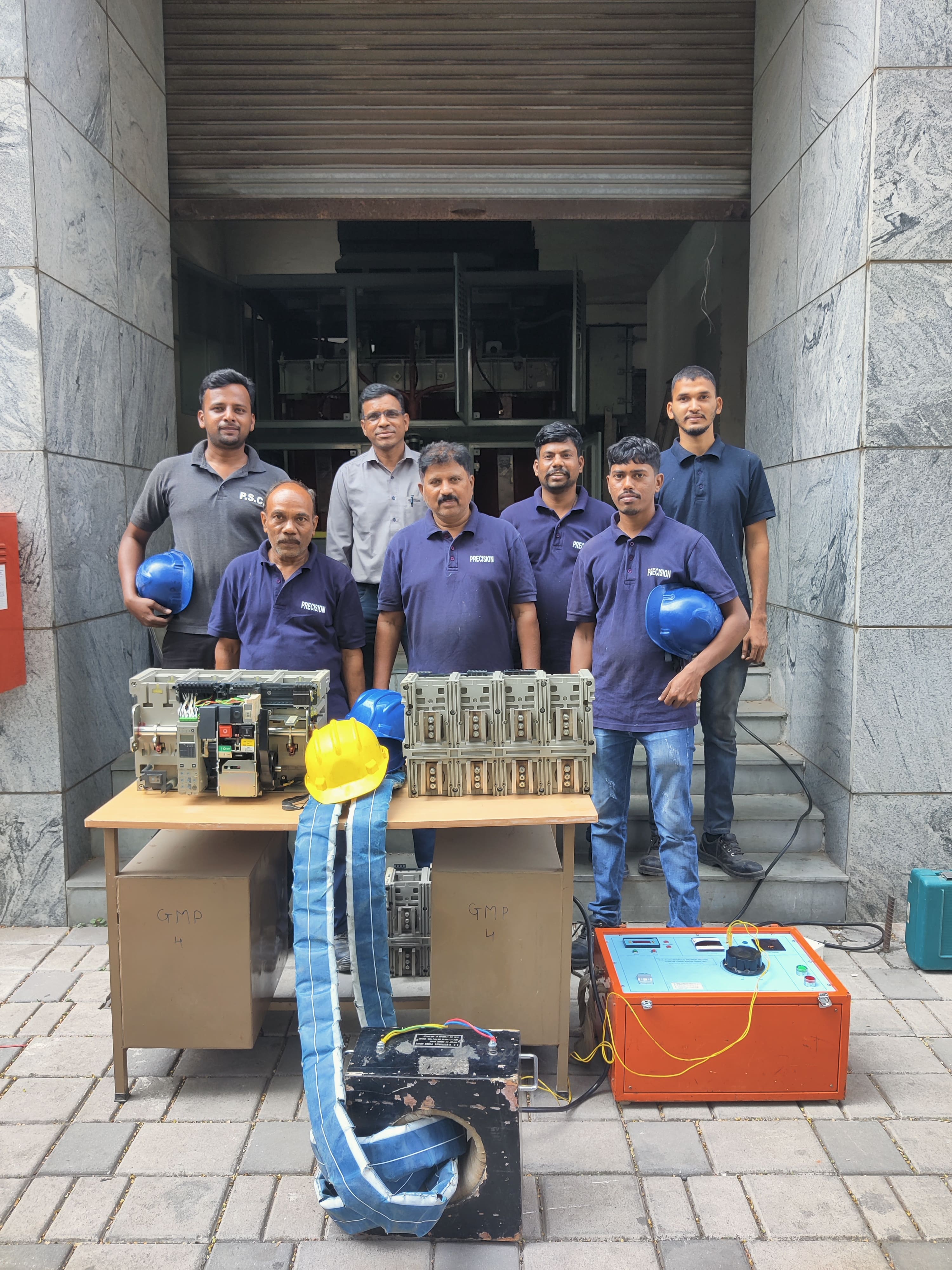- home
- Service Details
Service Details

The primary injection testing is used to verify the correct installation and operation of the whole protection chain. A predetermined current is injected into the circuit breaker to determine whether the relay will trip at this current and, if so, the time period the current needs to flow before the trip is initiated. Specifically, the test carries out the injection of testing a programmed sequence of overload and fault magnitude currents through a circuit breaker and documenting how long it takes the trip unit to activate.
Acceptance and maintenance tests are conducted in the field using a primary current injection test set that is specifically designed for the test.
Primary current injection testing of ACB is used in areas where high voltage or current is found in large electrical installations like a substation. The main objective behind the test is to identify how the system will operate under different levels of the current load.
Primary injection testing is highly suitable to test over-current trips that are attached to the circuit breaker. After injecting current in the system, observation of breaker failure or trip can be noted, also how long the current is live before the circuit is broken. We recommend carrying out an ACB circuit breaker resistance test via Precision to determine the operational reliability of the electrical system.
